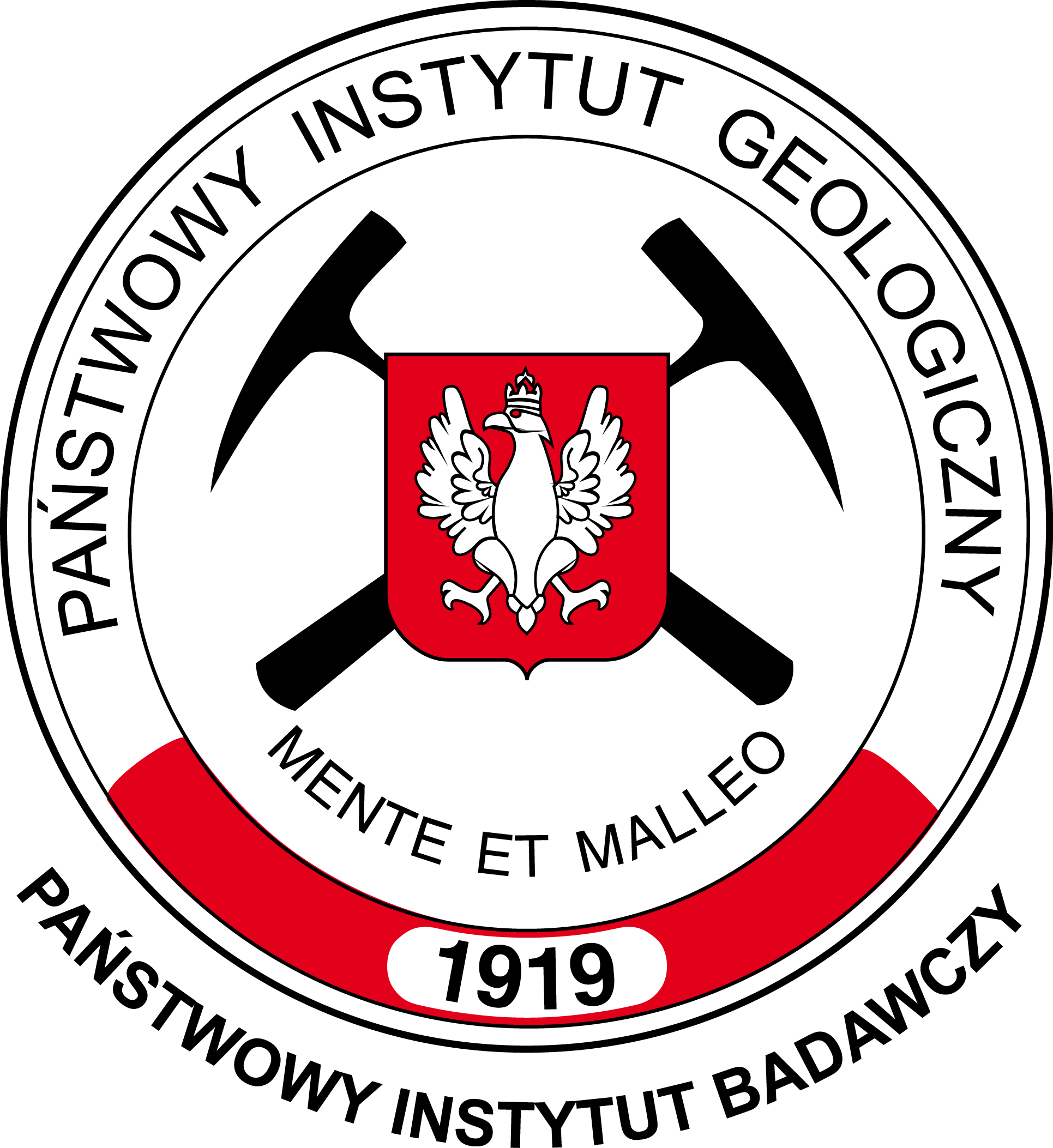500000
Type of resources
Available actions
Topics
INSPIRE themes
Keywords
Provided by
Years
Formats
Representation types
Update frequencies
status
Scale
-
The data were obtained in the course of implementation of the “Atlas of lithological parameters of surface sediments of the southern Baltic Sea with special emphasis on geological and mining conditions of occurrence of aggregate deposits”, which was developed by the Polish Geological Institute and released in 2005. The Atlas includes maps of main grain size classes, mean grain size and sorting as well as content and composition of heavy minerals. The analysis of lithological parameters was the basis for determination of prospective areas of occurrence of aggregate deposits in Polish maritime areas.
-
The data were obtained in the course of implementation of the “Geological Atlas of the Southern Baltic 1:500 000”, which was developed by the Polish Geological Institute and released in 1995. The Atlas consists of 34 thematic tables and explanatory text. Much of the tables show the geological structure - from the crystalline basement surface map to the map of contemporary bottom sediments. They are combined with geological cross-sections as well as selected and well documented drilling profiles. The aim of the Atlas was to summarize knowledge of the geological structure and evolution of the southern part of the Baltic Sea basin.
-
The data were obtained in the course of implementation of the “Geological map of the Baltic Sea bottom without Quaternary deposits 1:500 000”, which was developed by the Polish Geological Institute and published together with explanatory notes in 1999. The map shows the geological structure and morphology of the pre-Quaternary surface. It is complemented with geological cross-sections and seismic profiles. The map was based on new geophysical surveys using high resolution seismic reflection by which the geological structure of the area to a depth of several hundred meters was recognized.
-
The data come from the "Geochemical Atlas of the Southern Baltic", which was developed by the Polish Geological Institute and released in 1994. The Atlas covers the Polish maritime areas. In the sediment samples from the 368 sites the content of Corg., Al, As, Ba, Ca, Cd, Co, Cr, Cu, Fe, Mn, Ni, P, Pb, S, Sr, V and Zn was determined. The analysis of sediment grain size was also carried out. It allowed to estimate the geochemical state of the surface layer of sediment and to determine changes that occurred as a result of the intensive development of economic activities in the catchment area of the Baltic Sea in the last 100-150 years.
-
Zbiornik wód podziemnych to zespół przepuszczalnych utworów wodonośnych o znaczeniu użytkowym, którego granice są określone parametrami hydrogeologicznymi lub warunkami hydrodynamicznymi oraz warunkami formowania się zasobów wód podziemnych. Baza Danych Głównych Zbiorników Wód Podziemnych (GZWP) zawiera klasyfikację GZWP według wykorzystania zasobów, stopnia przeobrażeń antropogenicznych, odporności na zanieczyszczenia, ekonomicznego aspektu zaleceń ochronnych oraz wskaźników opłat wodnych.
 Katalog Metadanych PIG-PIB
Katalog Metadanych PIG-PIB